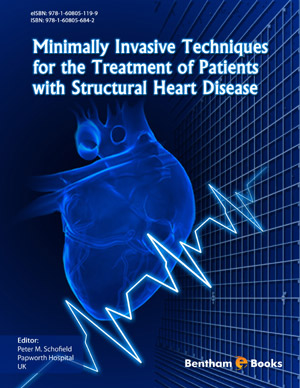Abstract
Transcatheter aortic valve implantation is an emerging technology which has brought promise for high risk patients with symptomatic severe aortic stenosis deemed unsuitable for surgery. Aortic stenosis is a common valvular problem representing 4.6% of population aged > 75 [1]. This presents a long term public problem as the prevalence of the disease increase with age so does other morbidities which deem some portion of this group inoperable due to increased surgical morbidity and mortality. First transcatheter aortic valve was implanted by Cribier in 2002 [2]. The initial results were promising but antegrade technique was challenging which led to innovation of a flexible retrograde delivery system with improved procedural outcome [3]. To avoid access problems and provide more stability, transapical approach was developed. They are two systems available, the Edwards SAPIEN valve is a bovine pericardium prosthesis mounted on a balloon-expandable stent that is placed in the subcoronary position and the CoreValve Revalving system compromises of self expanding bioprosthetic valve with a ninitol frame{2}[4]. The initial and median results have been promising whilst the long term results are awaited. With development of new delivery system and devices, the technology will promise a better procedural and clinical effective outcome.






















